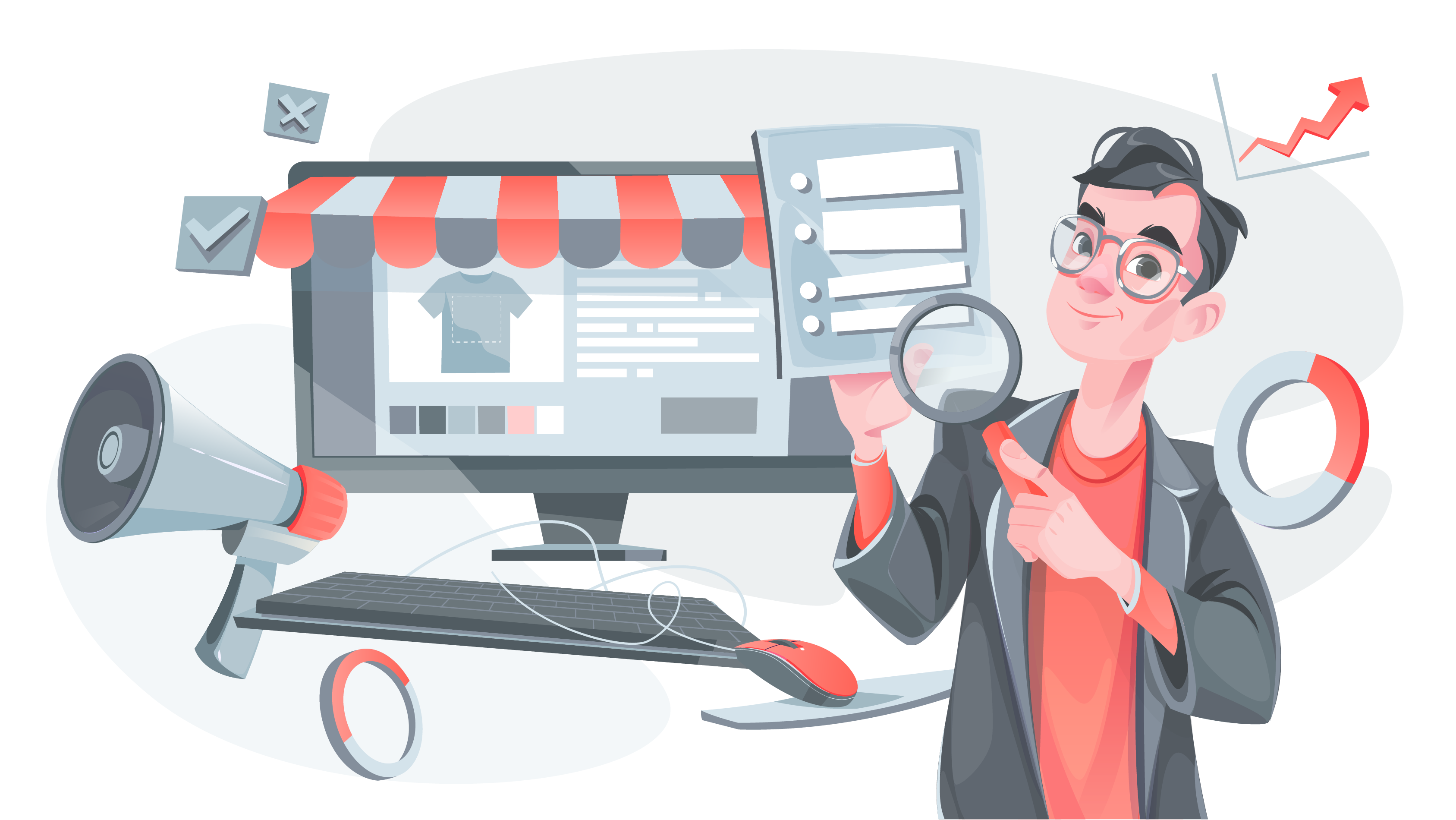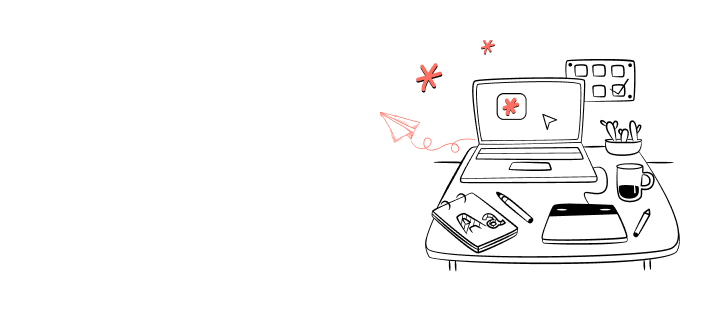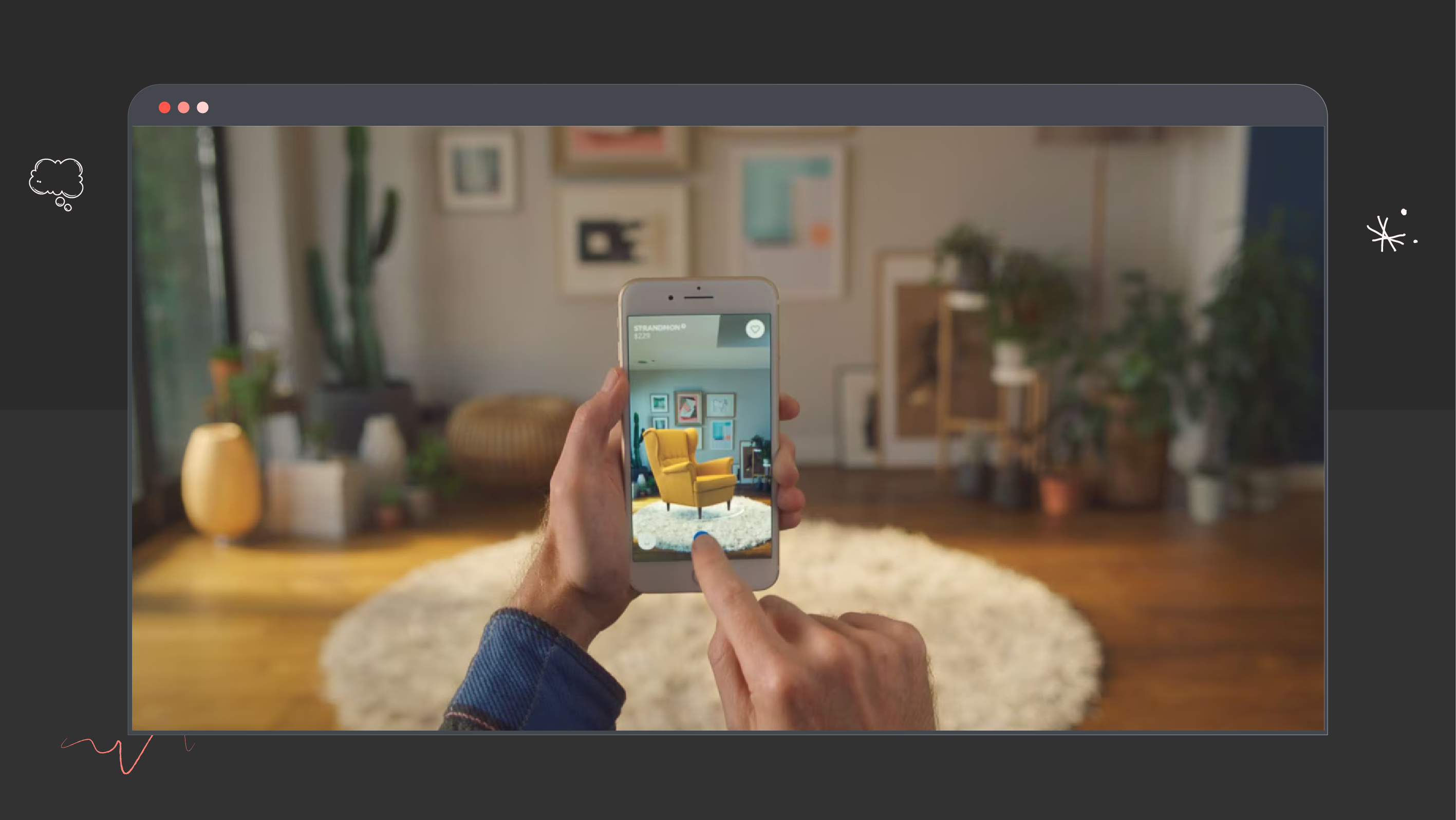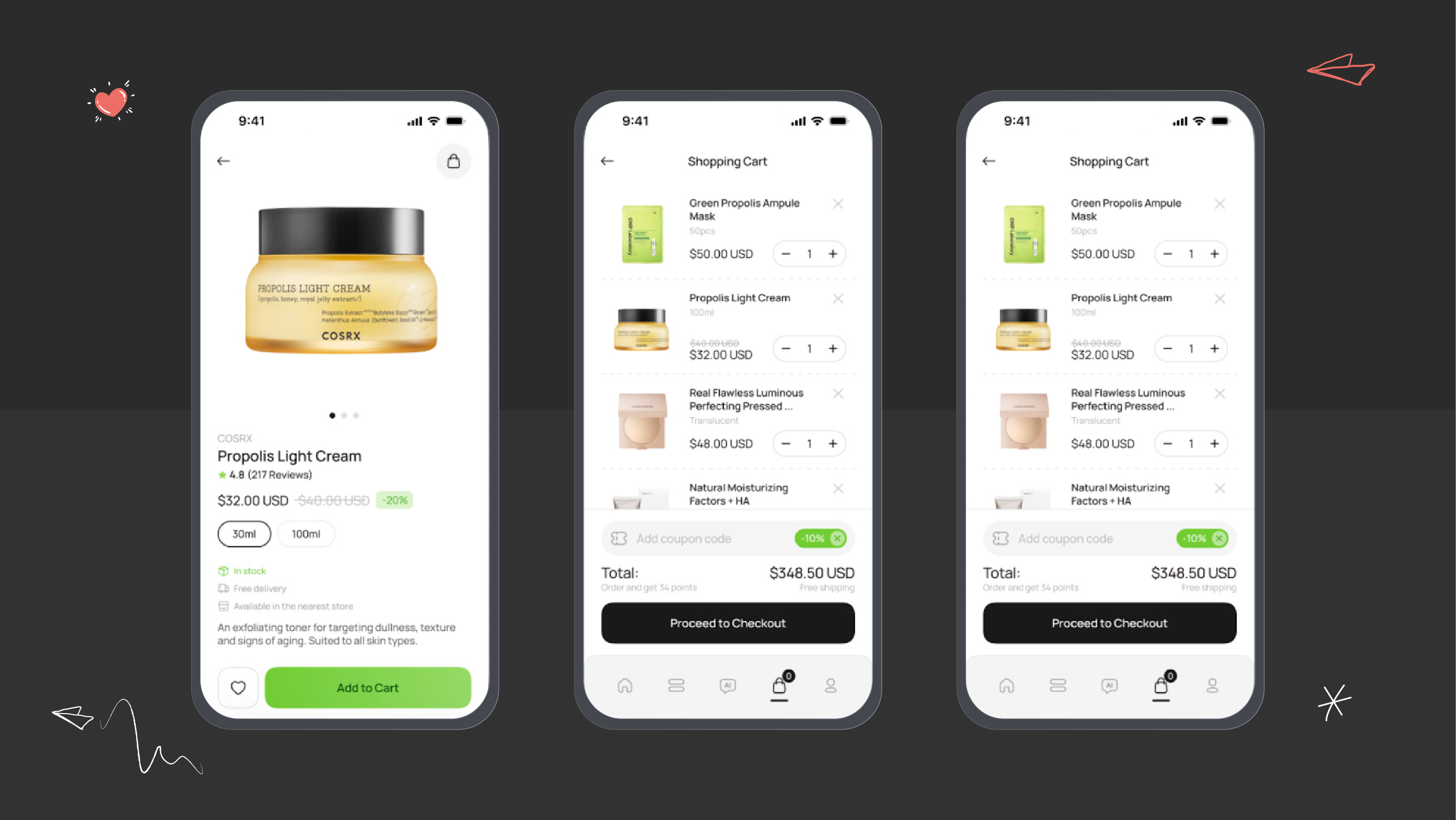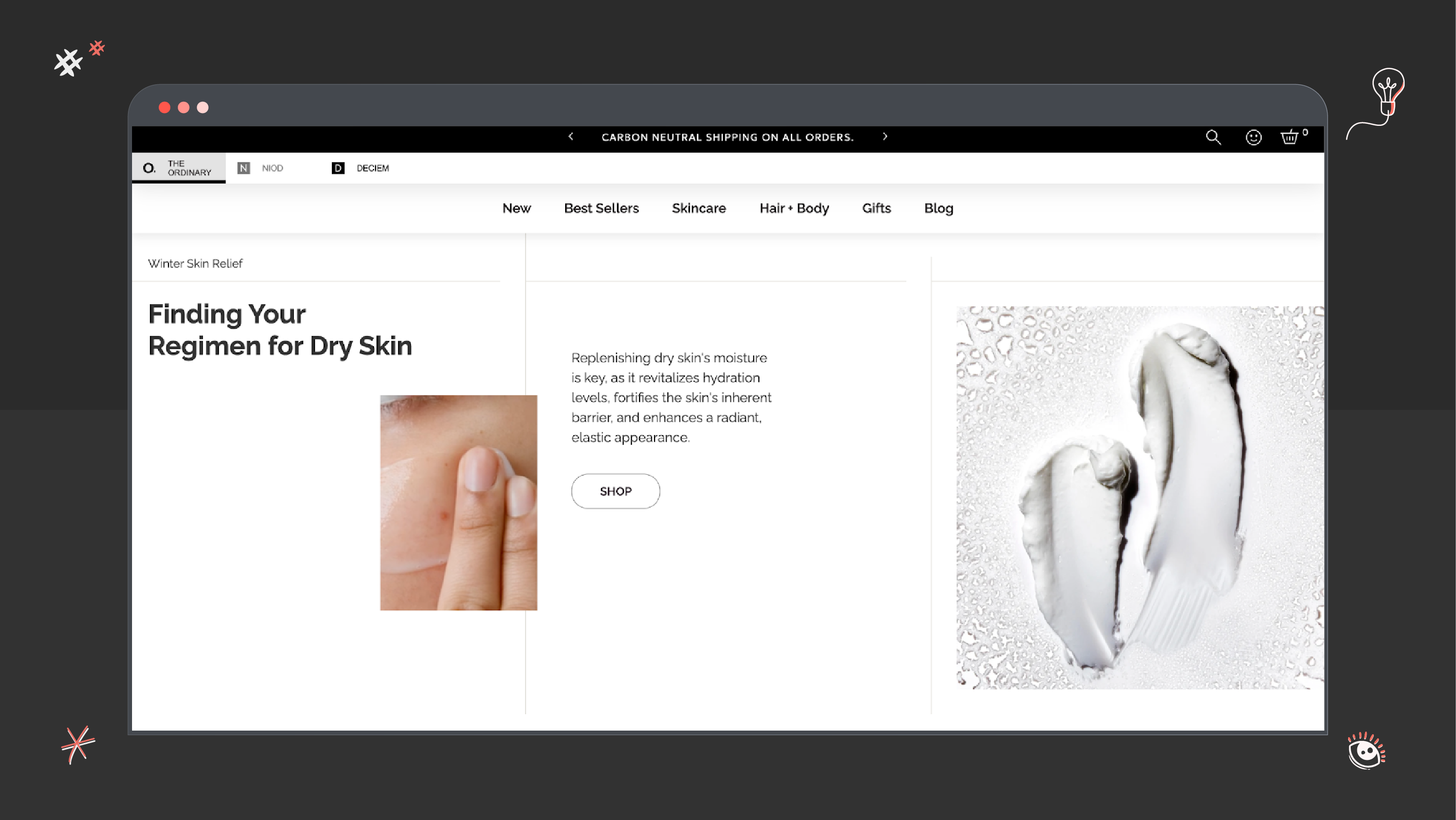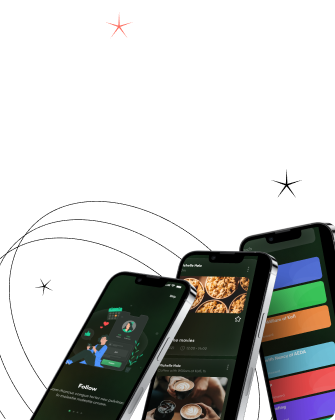In an era where online presence is synonymous with business success, the design of your e-commerce website holds the key to capturing the hearts and wallets of digital consumers. As it stands in 2024, the number of online buyers is at 2.71 billion. The realm of e-commerce web design is dynamic and ever-evolving, driven by technology advancements, consumer behavior shifts, and emerging aesthetic preferences. From intuitive user interfaces to seamless checkout experiences, each element of design plays a crucial role in shaping the overall shopping journey. As technology advances and consumer behaviors shift, staying ahead of the curve in the digital marketplace is not just beneficial — it's imperative.
Here, we’ll delve into the latest and most impactful e-commerce web design trends that shape how businesses connect with their online audience. Keep reading!

